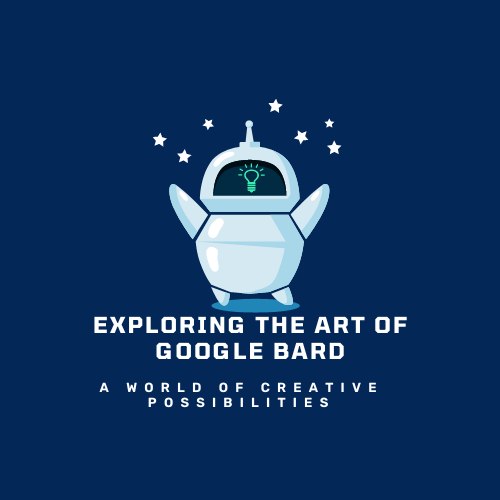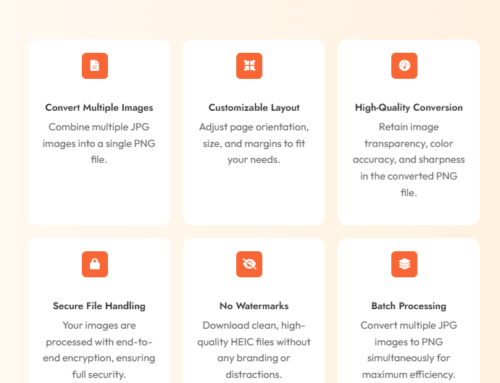Exploring the Art of Google BARD: A World of Creative Possibilities
Introduction
In recent years, advancements in artificial intelligence have revolutionized various fields, including the creative arts. Google BARD (Bayesian Augmented Representation Discovery) is an innovative neural network model developed by Google Research that has garnered significant attention in the realm of music and poetry generation. This powerful tool utilizes deep learning techniques to compose original pieces, showcasing the potential of AI in artistic expression. In this article, we delve into the world of Google BARD, exploring its capabilities and providing captivating examples of its creative output.
Understanding Google BARD
Google BARD is an advanced AI model specifically designed to generate music and poetry. It operates on a set of training data, which includes a vast collection of musical compositions, lyrics, and poetic verses. By analyzing patterns, structures, and relationships within this data, BARD learns to generate original pieces that mimic the styles and characteristics of human-created art.
Captivating Examples of Google BARD’s Musical Compositions:
Melodious Symphonies: Google BARD has demonstrated its ability to compose beautiful symphonies that rival those created by human composers. From classical pieces to contemporary compositions, BARD can produce intricate melodies and harmonies that evoke various emotions. The model effortlessly combines different instruments, explores complex rhythms, and creates dynamic musical structures that captivate the listener.
Genre Fusion: One fascinating aspect of Google BARD is its capacity to blend multiple musical genres seamlessly. Imagine a fusion of jazz and electronic music or a combination of classical and hip-hop elements. BARD can generate compositions that defy conventional genre boundaries, resulting in unique and experimental sounds that push the boundaries of musical creativity.
Enchanting Examples of Google BARD’s Poetry:
Haikus and Micro-poetry: BARD can generate concise and evocative pieces of poetry, such as haikus and micro-poems. These brief yet profound verses encapsulate emotions, capture fleeting moments, and paint vivid imagery with a minimal number of words. Google BARD’s ability to distill the essence of an idea into a few lines showcases its talent for crafting impactful and thought-provoking poetry.
Sonnets and Odes: Just like renowned poets of the past, Google BARD can create sonnets and odes that celebrate various themes and subjects. From love and nature to societal issues and philosophical musings, the model’s poetic output reflects a diverse range of emotions and perspectives. BARD’s utilization of rhyme schemes, meter, and figurative language in these longer poetic forms exhibits its understanding and mastery of traditional poetic techniques.
Bard ai examples
Creative Writing: One area where Google BARD excels is creative writing. Given a prompt or a few lines of text, it can generate entire stories, poems, or essays that mimic the style and tone of various authors. For example, it can produce a suspenseful short story in the vein of Edgar Allan Poe or compose a whimsical poem reminiscent of Emily Dickinson. Google BARD’s creative writing capabilities are particularly fascinating as they showcase the model’s understanding of different literary genres and its ability to emulate specific writing styles.
News Article Summarization: Google BARD’s language comprehension and summarization skills are impressive. It can effectively analyze and summarize news articles, condensing lengthy pieces into concise and coherent summaries. This feature has the potential to revolutionize the way news is consumed, allowing readers to quickly grasp the main points of an article without having to read the entire text. Google BARD’s summarization abilities provide an efficient way to stay informed in today’s fast-paced world.
Technical Writing and Documentation: In the realm of technical writing, Google BARD can generate accurate and informative content. For example, it can generate detailed explanations and step-by-step instructions for complex processes, making it a valuable tool for creating software documentation or instructional materials. By utilizing BARD, developers and technical writers can save time and effort while ensuring the accuracy and clarity of their technical content.
Virtual Assistant Interactions: Google BARD’s conversational abilities make it a promising tool for virtual assistant interactions. It can understand and respond to user queries, offering useful information or engaging in dynamic conversations. BARD’s natural language processing capabilities enable it to comprehend the context of a conversation and provide contextually relevant responses. As virtual assistants become more integrated into our daily lives, BARD’s conversational skills could enhance their functionality and improve user experiences.
Language Translation: With its deep understanding of multiple languages, Google BARD can assist in language translation tasks. By inputting a sentence or a paragraph in one language, it can generate accurate translations in various target languages. This feature has the potential to break down language barriers, enabling seamless communication between people who speak different languages. BARD’s translation capabilities can greatly benefit individuals, businesses, and organizations that operate on a global scale.
Conclusion of the chatbot
Google BARD’s impressive capabilities have showcased the progress made in the field of natural language processing. From creative writing to news summarization, technical writing, virtual assistant interactions, and language translation, BARD demonstrates its ability to generate coherent and contextually relevant content across various domains.
While Google BARD is a powerful tool, it is essential to remember its limitations and potential ethical considerations. The responsible use of AI-generated content is crucial to ensure transparency and avoid misinformation. Nevertheless, with ongoing research and advancements, BARD and similar language models hold immense potential for revolutionizing content generation and interaction in numerous fields.



